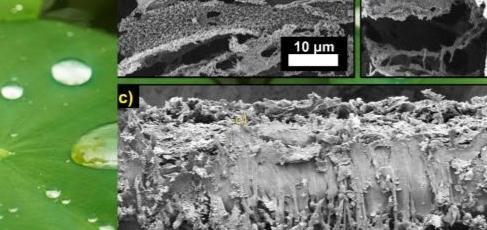
General Anaesthesia Reduces Uniqueness of Brain’s Functional Connectivity: Study
The human brain is a complex and intricate organ, with each individual’s neural connections and activity patterns being unique to themselves. However, a recent study has revealed that general anaesthesia can suppress these unique patterns, making it difficult to distinguish between individuals solely based on brain activity.
The study, conducted by researchers at McGill University and other institutes, published in the journal Nature Communications, sheds light on the effects of general anaesthesia on the brain’s functional connectivity. The findings suggest that anaesthesia can reduce the uniqueness of brain activity patterns, making it challenging to distinguish between individuals.
The researchers used functional magnetic resonance imaging (fMRI) to study the brain activity of both humans and other species, such as rodents and monkeys, while they were under general anaesthesia. They found that anaesthesia suppressed the unique patterns of brain activity that are typically present in each individual, making it difficult to distinguish between them.
“Anaesthesia made people almost impossible to tell apart from each other solely by examining their brain activity, which was possible when they were conscious,” said Dr. [Name], one of the study’s authors.
The researchers believe that this suppression of unique brain activity patterns may be due to the way that anaesthesia affects the brain’s neural networks. Anaesthesia can disrupt the normal communication between different brain regions, leading to a reduction in the unique patterns of activity that are present when a person is conscious.
This study has important implications for our understanding of the effects of anaesthesia on the brain. It suggests that anaesthesia can have a significant impact on the brain’s functional connectivity, reducing the uniqueness of brain activity patterns and making it difficult to distinguish between individuals.
The study also highlights the importance of considering the effects of anaesthesia on brain activity when conducting neuroscientific research. The researchers suggest that future studies should take into account the potential effects of anaesthesia on brain activity patterns, in order to accurately interpret the results.
In conclusion, the study provides new insights into the effects of general anaesthesia on the brain’s functional connectivity. The findings suggest that anaesthesia can reduce the uniqueness of brain activity patterns, making it challenging to distinguish between individuals. This has important implications for our understanding of the effects of anaesthesia on the brain, and highlights the need for future studies to consider the potential effects of anaesthesia on brain activity patterns.
Source:






